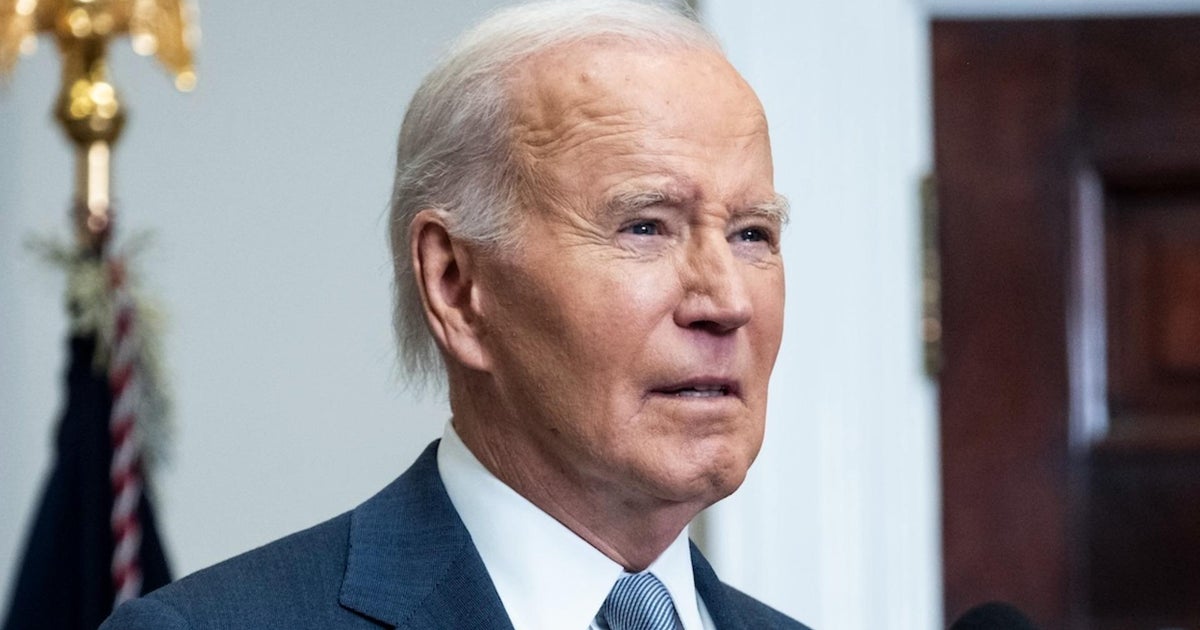WASHINGTON (AP) — The Associated Press has declared that Republican Donald Trump has won Wisconsin — and with it a return to the White House — after determining that the remaining uncounted votes, mostly from the greater Milwaukee area, would not be enough to give Vice President Kamala Harris a chance to overtake Trump.
With nearly all the votes counted early Wednesday, the AP at 5:34 a.m. ET declared Trump the winner of Wisconsin’s 10 electoral votes, enough to push the former president past the 270-vote threshold needed to regain the presidency.
Winning Wisconsin, Michigan and Pennsylvania would have been the vice president’s easiest path to victory, but the AP had already declared Trump the winner in Pennsylvania at 2:24 a.m. ET. Michigan’s winner remained undetermined at the time Wisconsin was called.
In the hours leading up to the AP’s race call in Wisconsin, a significant number of uncounted ballots remained in Milwaukee and Racine counties, among others. To win, Harris would have had to win the vast majority of these uncounted ballots. That was still possible, given that Milwaukee County is one of the state’s most reliably Democratic strongholds. As for Racine, while the county generally favors Republicans, it has historically reported votes strongly in favor of Democrats near the end of the count.
Subsequent voting updates from Racine strongly favored Harris — but not enough to allow her to move past Trump, even after taking into account the additional uncounted votes from Milwaukee County that would have benefited the vice president.
The AP will only declare a winner if it can determine that a trailing candidate cannot close the gap and overtake the voting leader.
Here’s a look at what the AP called this race:
CANDIDATES: Harris (D) vs. Trump (R) vs. Randall Terry (Constitution) vs. Chase Oliver (Libertarian) vs. Jill Stein (Green) vs. Claudia De la Cruz (Party for Socialism and Liberation) vs. Cornel West (Justice for All) vs. Robert F. Kennedy Jr. (We the People).
POLL CLOSING TIME: 9:00 PM ET
ABOUT THE BREED:
Wisconsin was one of three “blue wall” states in the Midwest that backed Trump in 2016 and President Joe Biden in 2020 and remained a competitive presidential battleground in 2024. Both Trump and Harris and their running mates made regular stops in Wisconsin, including several in the United States. densely populated areas of Milwaukee, Madison and Green Bay. The margin of victory in previous presidential elections was less than one percentage point in 2020, 2016, 2004 and 2000.
In 2016, Democrat Hillary Clinton lost statewide despite winning Milwaukee County with 66% of the vote, Dane County, home to Madison, with 71% and LaCrosse with 52%. Four years later, Joe Biden improved Clinton’s performance in the three counties by three to five percentage points, giving him a narrow statewide victory. Trump carried Brown County, home to Green Bay, with about 52% of the vote in 2016 and 2020, and Biden outperformed Clinton there by about 4 percentage points.
For Republican candidates, winning the conservative “WOW” counties of Waukesha, Ozaukee and Washington in suburban Milwaukee could help offset heavy Democratic support in Milwaukee and Dane counties.
WHY AP CALLS THE RACE:
In addition to Racine, Trump also had a comfortable lead in the other southeastern counties that are the state’s most solid Republican stronghold. This region includes the so-called “WOW” counties, but does not include Milwaukee County itself. Trump also had a big lead in northeastern Wisconsin, including in Brown County, home to Green Bay. He also established decisive leadership in Republican-voting counties surrounding Brown.
Harris tracked Biden’s 2020 performance across the board in every geographic region. She also followed Biden across the state’s political spectrum, from areas that voted heaviest for Trump in 2020 to those that voted heaviest for Biden.
___
Read more about how and why the AP declares the winners of the U.S. elections on Explore Election 2024, a series from The Associated Press aimed at helping understand American democracy. The AP receives support from several private foundations to improve its explanatory reporting on elections and democracy. See more about AP’s democracy initiative here. The AP is solely responsible for all content.







